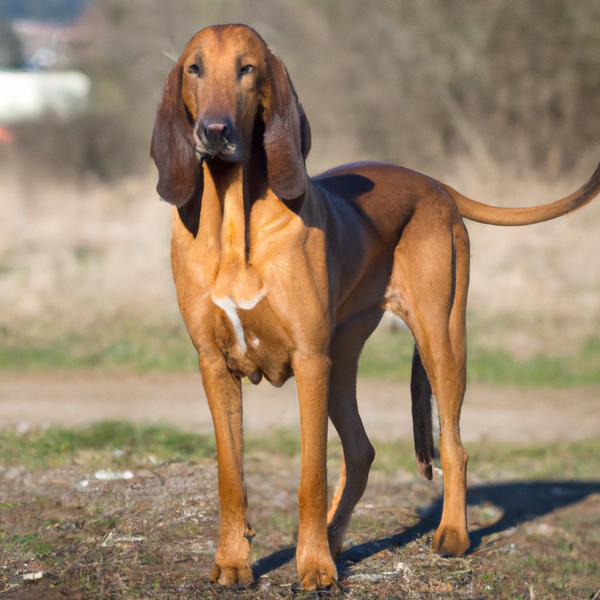Labloodhound vs. Bolonoodle: Breed Differences and Similarities
Hypoallergenic
Are Labloodhounds or Bolonoodles hypoallergenic, or neither?
Unfortunately, the Labloodhound is not hypoallergenic, making it not a good choice for a dog lover who suffers from pet allergies.
While no dogs are truly 100% hypoallergenic, Bolonoodles are about as close as it gets, making them an ideal pet if you are an allergy sufferer.
Temperament
What are the personalities of Labloodhound and Bolonoodle dogs?
Playful
Loving
Stubborn
Independent
Energetic
Alert
Intelligent
Friendly
Responsive
Affectionate
Loyal
Gentle
Going
Social
Outright
Tempered
Cheerful
Active
Playful
Alert
Intelligent
Loyal
Devoted
Trainable
Calm
Faithful
Easygoing
Instinctual
Earnest
Willing
Serene
Shedding Level
Do Labloodhounds shed more than Bolonoodles, or which breed sheds more, Labloodhounds or Bolonoodles?
Labloodhounds are moderate shedders, but regular brushing can reduce shedding and maintain coat health.
Bolonoodles shed very little hair, making them a great choice for those who dislike excess hair in the house.
Watchdog Ability
Which dog breed makes a better watchdog, the Labloodhound or Bolonoodle?
Labloodhounds make excellent watchdogs - they're vocal and protective of their territory.
Bolonoodles are decent watchdogs - they'll alert their owner if something seems amiss.
Origin
What is the origin of Labloodhound and Bolonoodle dog breeds?
United States
United States
Ancestry
What are the origins of Labloodhound and Bolonoodle breeds?
Bloodhound and Labrador Retriever
Poodle and Bolognese
Breed recognition
Which kennel clubs recognize/register Labloodhound and Bolonoodle?
ACHC = American Canine Hybrid Club
DDKC = Designer Dogs Kennel Club
DRA = Dog Registry of America, Inc.
IDCR = International Designer Canine Registry®
ACHC = American Canine Hybrid Club
DBR = Designer Breed Registry
DDKC = Designer Dogs Kennel Club
DRA = Dog Registry of America, Inc.
IDCR = International Designer Canine Registry®
Date of Birth
When were Labloodhound and Bolonoodle breeds first developed?
Unknown
2005
Litter Size
What is the usual litter size for Labloodhound and Bolonoodle?
A Labloodhound can have a litter of 5-10 puppies on average. However, it's worth noting that the size of the litters can vary greatly. Factors that can influence litter size include the health of the mother, breeding history, and genetics.
A Bolonoodle can have a litter of 2-4 puppies on average. However, it's worth noting that the size of the litters can vary greatly. Factors that can influence litter size include the health of the mother, breeding history, and genetics.
Adaptability
Labloodhounds are known for their adaptability and can adjust well to different environments and lifestyle changes.
Bolonoodles are highly adaptable and versatile, making them excellent companions for families and individuals of all lifestyles.
Health Issues
Between Labloodhound and Bolonoodle, which breed is more prone to health problems?
Labloodhounds typically have low vet costs due to their good health, but it's important to monitor their health and seek vet care when necessary.
While the Bolonoodle breed is generally healthy, occasional vet check-ups are still necessary to address any health concerns.
Major Concerns
What are the major health concerns for Labloodhound and Bolonoodle breeds?
Gastric Torsion
Progressive Retinal Atrophy (PRA)
Patellar Luxation
Progressive Retinal Atrophy
Retinal Dysplasia
Mitral Valve Disease
Obesity
Minor Concerns
What minor health issues should be kept in mind when owning Labloodhound and Bolonoodle?
Entropion
Ectropion
Elbow Dysplasia
Hip Dysplasia
Epilepsy
Sebaceous Adenitis
Urolithiasis
Hip Dysplasia
Skin Allergies
Diabetes
Occasional Tests
What occasional tests are recommended for Labloodhound and Bolonoodle breeds?
X-Rays
CT or MRI scan
Urinalysis
Complete Blood Count
Chemical Analysis
Ophthalmic Examination
Physical and Neurologic Examination
Eye
Hip
Knee
Heart
Blood And Urine Protein Screens
Physical Examination
Energy
How do the energy levels of Labloodhounds and Bolonoodles compare?
Labloodhounds are suitable for those with a balanced lifestyle as they have an average energy level.
Bolonoodles' high energy levels make them unsuitable for a low-key dog, choose accordingly.
Social Needs
Labloodhound vs Bolonoodle social needs comparison
Labloodhound and Bolonoodle have very high social needs. These needs include regular mental and physical stimulation, a job or purpose, and companionship. They thrive in environments where they have a lot of interaction with humans and other dogs.
Exercise Needed
Labloodhound vs Bolonoodle exercise need comparison.
Labloodhounds need high physical activity and are ideal for active individuals, but not suitable for sedentary lifestyles or small apartments.
Bolonoodles need moderate physical activity and are great for families and active individuals.
Sleeping Need
Which of the two sleeps the most/least: Labloodhound or Bolonoodle?
Labloodhounds are active and require sufficient sleep to stay healthy.
Bolonoodles have moderate energy levels and typical sleep patterns of 12-14 hours per day.
Tendency to Bark
Do Labloodhounds or Bolonoodles bark more/less frequently?
The Labloodhound is a vocal breed that frequently barks and howls, and may not be suitable for those seeking a quiet companion.
Bolonoodle dogs are generally less vocal than other breeds and only bark when necessary, such as to alert their owner or communicate.
Mouthiness
Mouthiness Comparison: Labloodhound vs Bolonoodle?
Roaming urge
Labloodhound vs Labrador: Running away tendency?
Prey Drive
Labloodhound or Bolonoodle - which breed has a higher level of prey drive?
Past times
What are some enjoyable activities and ways to keep Labloodhound and Bolonoodle entertained?
Walk, Run, Play, Swim, Tug-of-war, Fetch, Frisbee
Chase, Visit, Walk, Tricks, Movies, Cuddling
Tolerance of being left alone
Grooming
Which breed is easier to maintain in terms of grooming, Labloodhounds or Bolonoodles?
The Labloodhound has low grooming needs and is easy to maintain.
Bolonoodles require significant grooming, including regular trims and professional grooming assistance to maintain their coat. They may also require frequent bathing to keep their coat and skin healthy.
Intelligence
Comparing Intelligence: Labloodhounds vs Bolonoodles
Labloodhounds are average in obedience intelligence but have a high IQ and may cause trouble if left unsupervised.
Bolonoodle is highly intelligent and very trainable.
Sensitivity Level
How do Labloodhound and Bolonoodle compare in sensitivity?
These dog breeds are particularly attuned to its environment and the emotions of those around it. Labloodhound and Bolonoodle can be easily overwhelmed by loud noises, new environments, unfamiliar people, or animals. This dog breed is best suited for individuals or families who are patient, gentle, and understanding of its sensitive nature. It may also benefit from a calm and stable home environment, with a consistent routine and plenty of positive reinforcement training.
Affection Dependance
Which is the more affectionate dog breed: Labloodhound vs Bolonoodle?
Apartment Friendly
Which breed is more apartment-friendly: Labloodhound or Bolonoodle?
Labloodhounds can do well in apartments with enough exercise and time outside, but a small yard would be ideal.
Bolonoodles make excellent apartment dogs, being fairly active indoors and not requiring a yard.
Child Friendly
Do Labloodhounds or Bolonoodles have a friendlier temperament towards children?
The typical characteristics of Labloodhound and Bolonoodle indicate that this breed of dog is an ideal companion for kids and makes them family pets. Their gentle and protective nature and calm mentality make them gel along quickly with the younger humans.
Senior-friendly
Which dog is more suitable as a pet for the elderly - Labloodhound or Bolonoodle?
Cat Friendly
Do Labloodhound or Bolonoodle breeds have a better compatibility with cats?
Labloodhounds and Bolonoodles are very cat friendly dogs. They generally make good companions for cats.
Dog Friendly
Which breed is more sociable with other dogs: Labloodhound or Bolonoodle?
Labloodhounds and Bolonoodles are very friendly towards other dogs. This breed typically have a happy and affectionate temperament around dogs.
Pet friendly
How do Labloodhound or Bolonoodle dogs interact with other pets?
Stranger Friendly
Which breed is more friendly with strangers: Labloodhound or Bolonoodle?
Labloodhound and Bolonoodle are known to be very friendly around strangers.
Playfulness
Which breed is more playful between Labloodhound and Bolonoodle?
Labloodhounds are very playful, so adopting an older one might be a better option for a more relaxed experience.
Bolonoodles are a playful breed that needs daily playtime to be happy.
Trainability
How do the trainability levels of Labloodhounds and Bolonoodles compare?
The Labloodhound is highly intelligent and eager to please, making it a great choice for both novice and experienced dog owners due to its easy trainability.
Bolonoodles are popular for their ease of training and quick learning ability.
Compare Labloodhound with other breeds
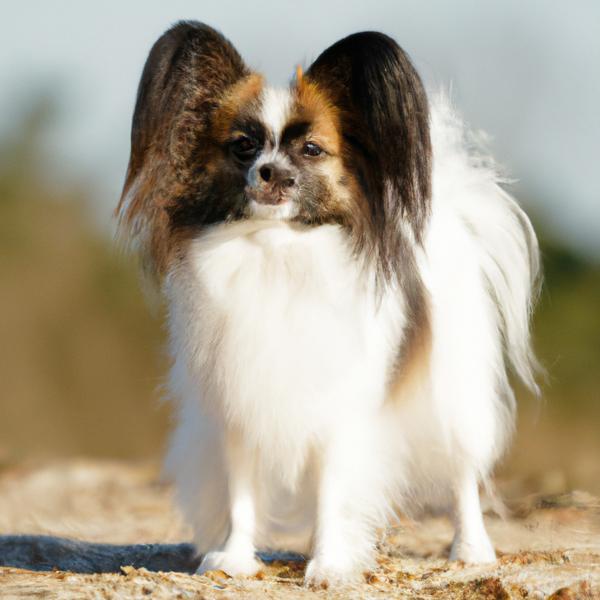
Japillon
Labloodhound vs Japillon
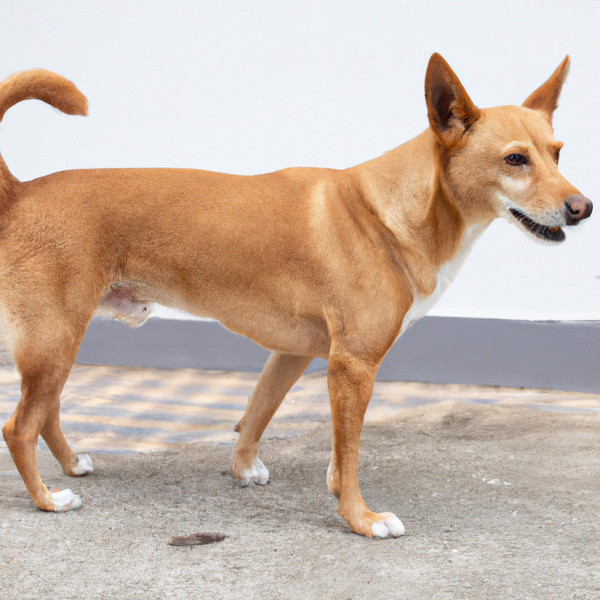
Portuguese Podengo
Labloodhound vs Portuguese Podengo
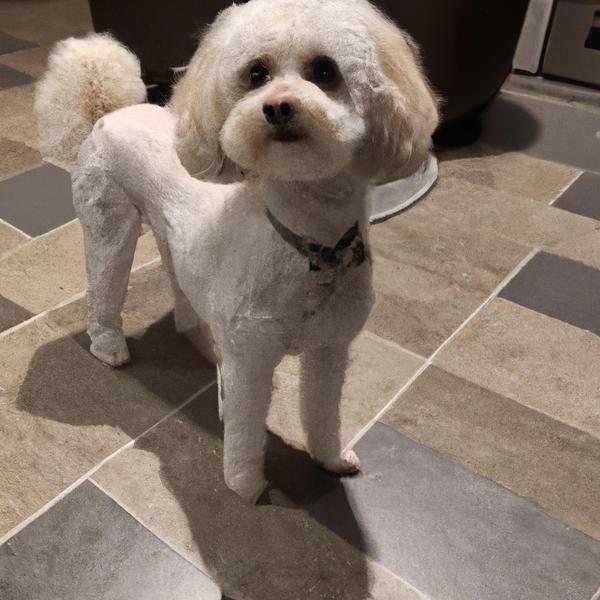
Bolonoodle
Labloodhound vs Bolonoodle

Ba-Shar
Labloodhound vs Ba-Shar
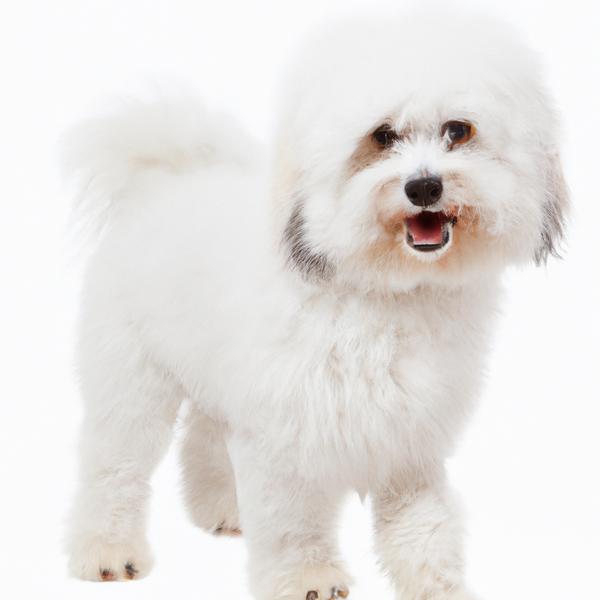
Chinese Frise
Labloodhound vs Chinese Frise
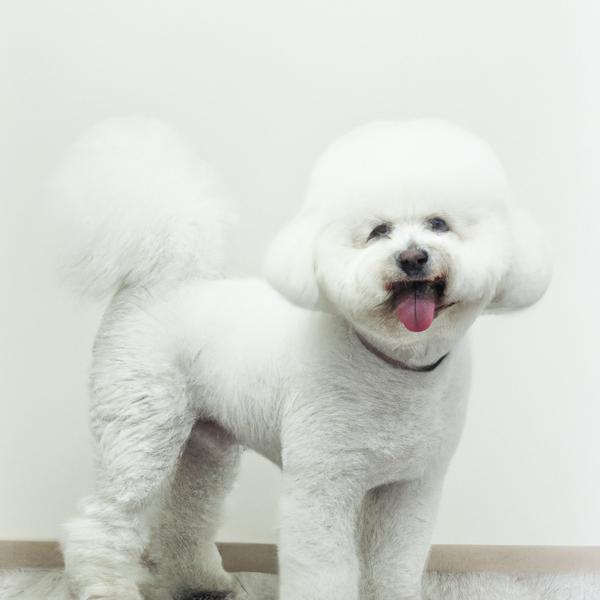
Bichon Frise
Labloodhound vs Bichon Frise
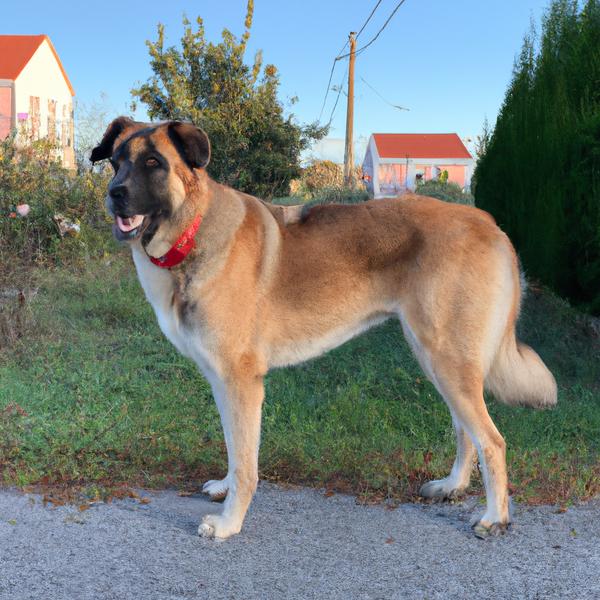
German Anatolian Shepherd
Labloodhound vs German Anatolian Shepherd
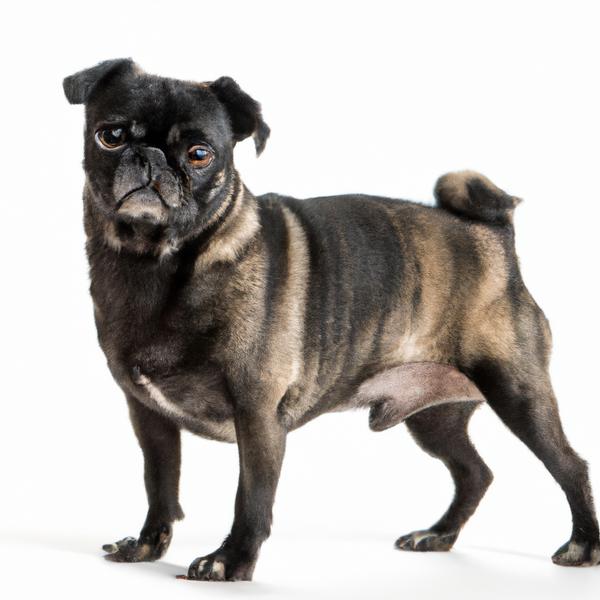
Pugillon
Labloodhound vs Pugillon
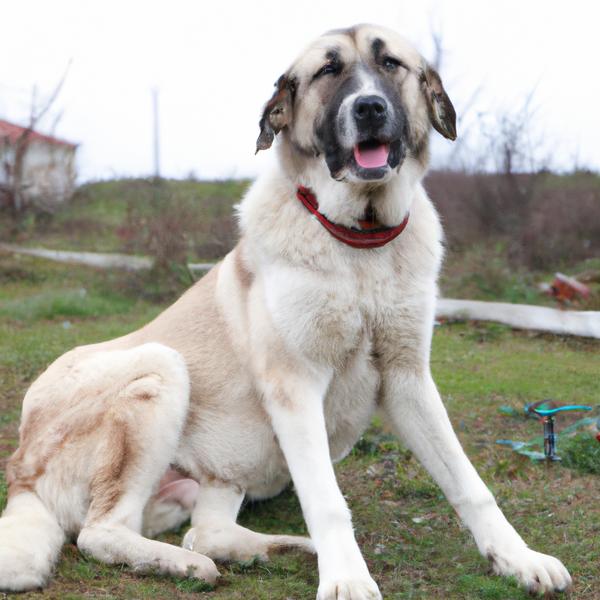
Anatolian Shepherd
Labloodhound vs Anatolian Shepherd
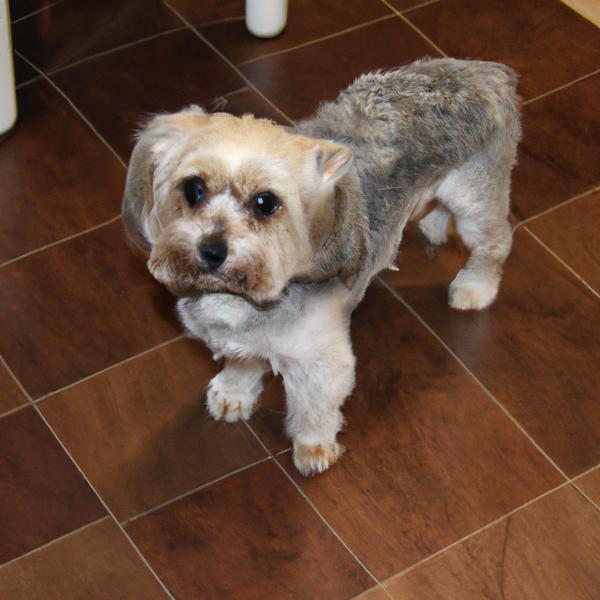
Bichon Yorkie
Labloodhound vs Bichon Yorkie
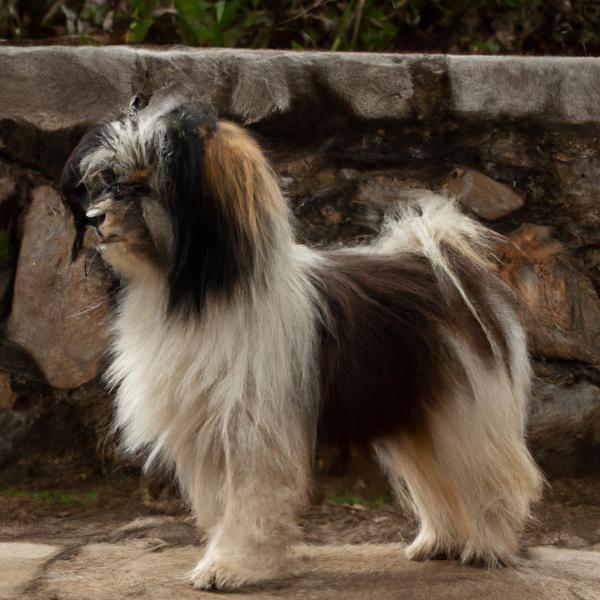
Tibepillon Terrier
Labloodhound vs Tibepillon Terrier
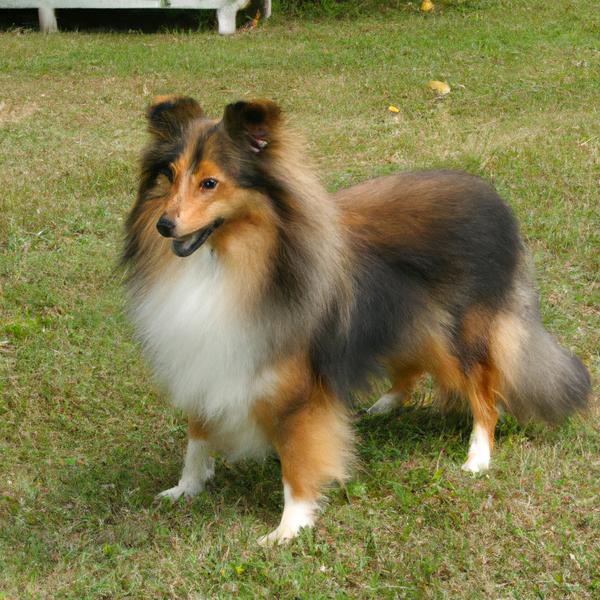
Sheltie Pin
Labloodhound vs Sheltie Pin
